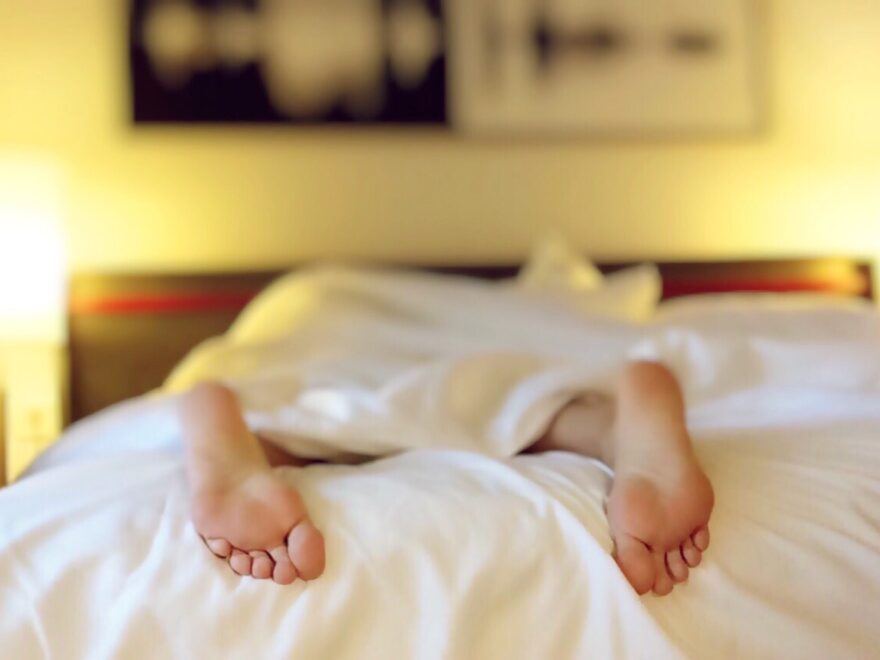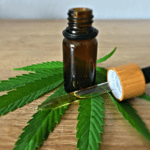At this point, you probably know what a tantra massage is. But people get too wound up in discussing its erotic aspects that they completely neglect the spiritual underpinnings of this rubdown. Did you know that the idea of chakras is integral to this procedure? What are the chakras, you may ask. Well, let us explain some more!
Tantra Massage and Chakras – What do They Mean?
The concept of chakras is not exclusive to tantra, but rather to the general spiritual tradition of the broader Hinduism. The chakras are central to many theories and therapies that assume the existence of energy focal points and meridians.
Quite literally, the word chakra means “circle”, “wheel”, or “centre”. In tantric diagrams, chakras are also represented by differently colored circles. In total, there are 7 chakras in every one of us, 5 of those being connected with the body and two with the mind, intellect and consciousness.
Beginning with the root chakra at the base of the spine, the aim is to drive the energy upwards to the highest chakra, opening and balancing the individual chakras on the way – this article explains some more.
Muladhara – the Root
The base or root chakra, from which everything else stems, is called Muladhara. This chakra is represented by the color red and is located in the perineum. It is supposed to be the seat of dormant Kundalini energy, symbolised by a coiled, sleeping snake, which needs to be awakened at the beginning stage of the process that results in the ultimate enlightenment.
Swadhisthana – the Sexual Chakra
Represented as a lotus, this one is the most tied to sexual feelings, desires and emotions. Being distanced from other people may result in it being stagnant and even blocked. On the contrary, overexcitement, abundance of passion and inner turmoil might cause this chakra to become hyperactive. For a normal person, it is crucial to keep it balanced for a more fulfilling sensual life. Those seeking enlightenment, however, will eventually have to transcend sexual temptation.
Manipura – the Social Centre
Located above the navel, this chakra is often associated with digestion and metabolism, but also, on the psychological level, with social interaction. When locked or disbalanced, it can lead to either timidness and submission on the one hand, or aggression and selfishness on the other. When balanced, it results in being optimally socialised and with good self-esteem.
Anahata – the Unbeaten
Calmness, balance, peace – those are the qualities of the heart chakra. It is also tied to love, compassion, friendship and charity. On the physical level, since it is seated in the heart, it is also obviously connected to the blood circulation.
Vishuddha – the “Pure” or the “Purifier”
Pictured as a petal, the Vishuddha is connected to purification and the ability to transform poisons – including the negative emotions – into their opposites. It is also tied to creativity, self-expression, eloquence and even occult powers.
Ajna – the “Third Eye”
The penultimate chakra, located between the eyebrows, symbolises the subconscious and the direct, albeit more intuitive insight into the divine. The residence of our mind’s eye, it is also linked to telepathy, the ability of the mind to leave and travel between bodies.
Sahashara – a Flower with a Thousand Petals
The last chakra, located on the crown of the head, this chakra is the highest most subtle of all, and one from which all others emanate. Representing pure consciousness, the soul enters the body through this chakra, descending downards and ending up as the kundalini energy.
A tantric massage might be the initial impulse for this – it is not just about eroticism like the other erotic massages in Prague or elsewhere.
Interested in the concept of chakras some more? This article elaborates some further!
What’s your opinion on the concept of chakras? Would you recognise in yourself some aspects of each of the mentioned here that need working on? Let us know in the comments!





